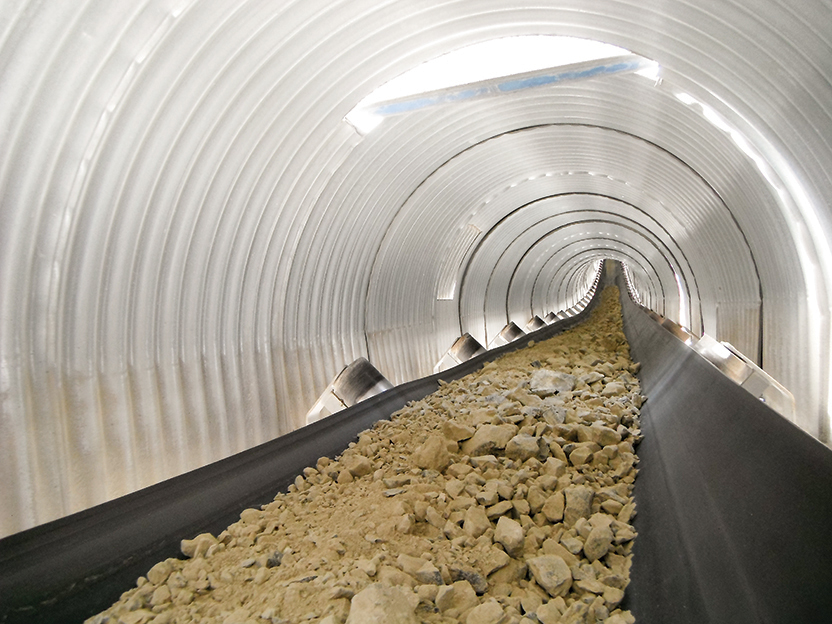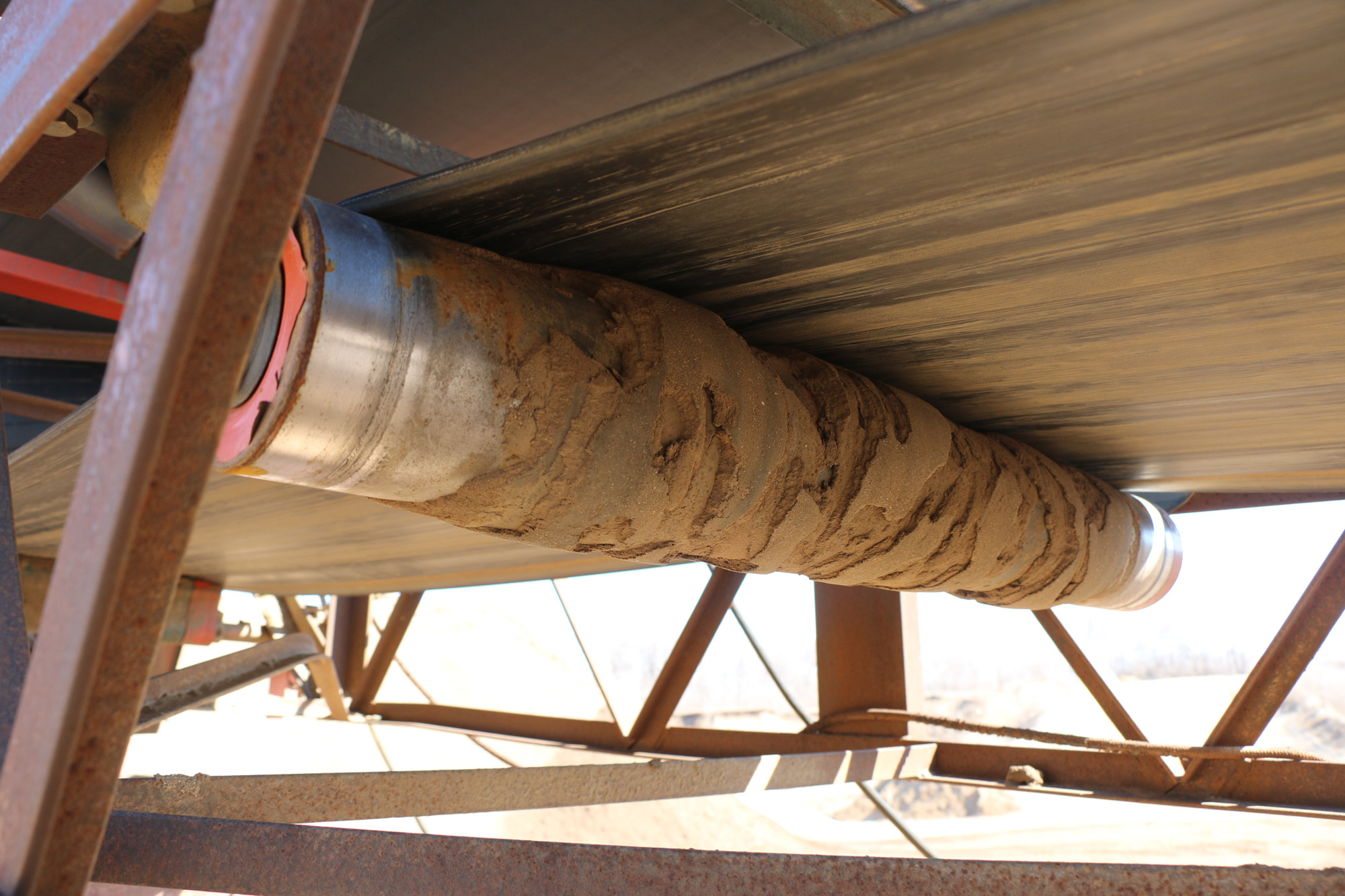Company Insight
Sponsored by Martin Engineering
Taming the Beast of Belt Mistracking
Standfirst
The misalignment or deviation of a conveyor belt from its intended path, is a persistent challenge in handling bulk material. Sometimes mistaken as a minor issue, its consequences can be far-reaching and disruptive.
It can be the beast that threatens your productivity!
When belts go off track, they can lead to a range of problems, including reduced efficiency, increased maintenance requirements, and potential safety hazards. Addressing this issue requires a comprehensive approach that encompasses regular inspections, proper training, and the use of advanced tracking systems.

By tackling belt mistracking head-on, industries can minimize downtime, optimize productivity, and ensure a smooth flow of materials, ultimately improving operational reliability, disponibility and profitability.
Identifying the causes is the first step! Usually, there are two categories of root causes as to why belts mistrack: operating conditions or equipment conditions.
It can be your Operating Conditions
Rolling components have an influence on the belt but in order for a rolling component to steer the belt correctly, it must be clean. When carryback builds up on return rolls, that tends to cause the belt to wander. You want to make sure you have belt scrapers/cleaners installed and that they are maintained and tensioned correctly.
Martin Engineering specialists can recommend a multiple-cleaner belt cleaning system, consisting of a primary cleaner - typically with a urethane blade - and a secondary cleaner with tungsten carbide. Bend pulleys, take-up pulleys, carrying idlers, return rollers - they all must be clean and not have trapped material buildup.

Another operating condition is seized rollers. If you've got seized rollers, they are not rolling and the belt will suffer.
Lack of maintenance, and improperly adjusting skirting, is also a main issue when talking about belt mistracking. A good practice to avoid that problem is to make sure that you're supporting the belts with closely stacked idlers. The idlers are stacked together so they can't create excess wear on the skirting, causing drag and belt mistracking.
And let’s not forget about the loading conditions…There are two types of loading conditions that can cause the belt to mistrack: off-center loading and segregated loading.
An important note on this one: don't assume that every one of these problems is going to absolutely, positively cause a belt to mistrack. Sometimes, they're insignificant problems but they certainly can contribute to the belt's likelihood to mistrack.
Or maybe the Equipment Conditions
Equipment conditions that will cause a belt to mistrack are bent, loose, or misaligned rollers/structures. In order for a rolling component to steer the belt correctly, it must also be aligned.
If your rollers or structures are not aligned, the belt will mistrack. Make sure that all pulleys are aligned, specifically terminal pulleys. Also, besides the alignment, you've got to make sure that all rolling components are in contact with the belt. Your belts can rise up if they're over-tensioned. If you have too much stretch on the belt, it can contain heat. If you're running hot material, let's say coal, it can cause the belt to compress and cup.

And last, but not least, two of the most overlooked reasons why a belt mistracks are improper splicing and improper belt storage.
By finding the beasts that are causing belt mistracking, you can properly solve the issue and get your conveyor belt running efficiently. If you need a hand, let us know!
Martin® is available to provide expert advice and assistance on how to keep your belt on track and tame your operational beast.
Contact information
Martin Engineering Australia
www.martin-eng.com.au
mea@martin-eng.com
1300 627 364